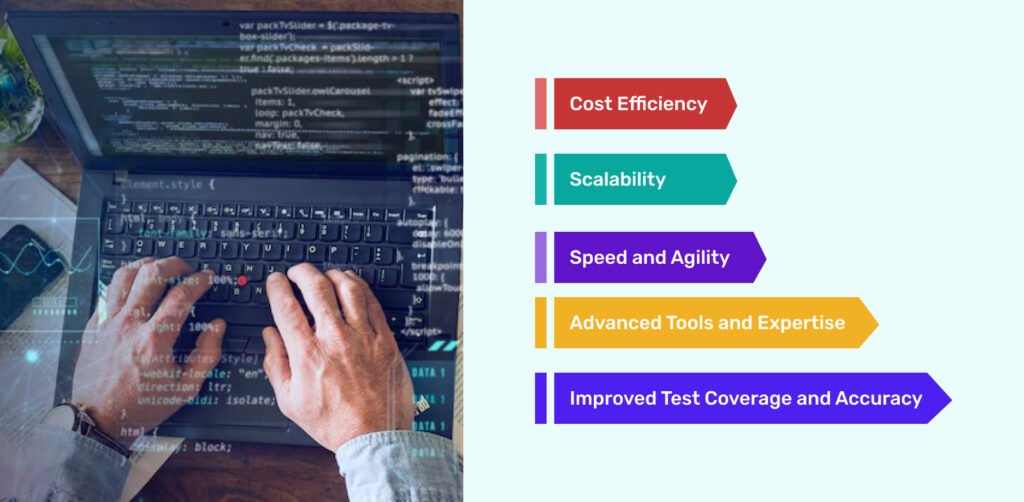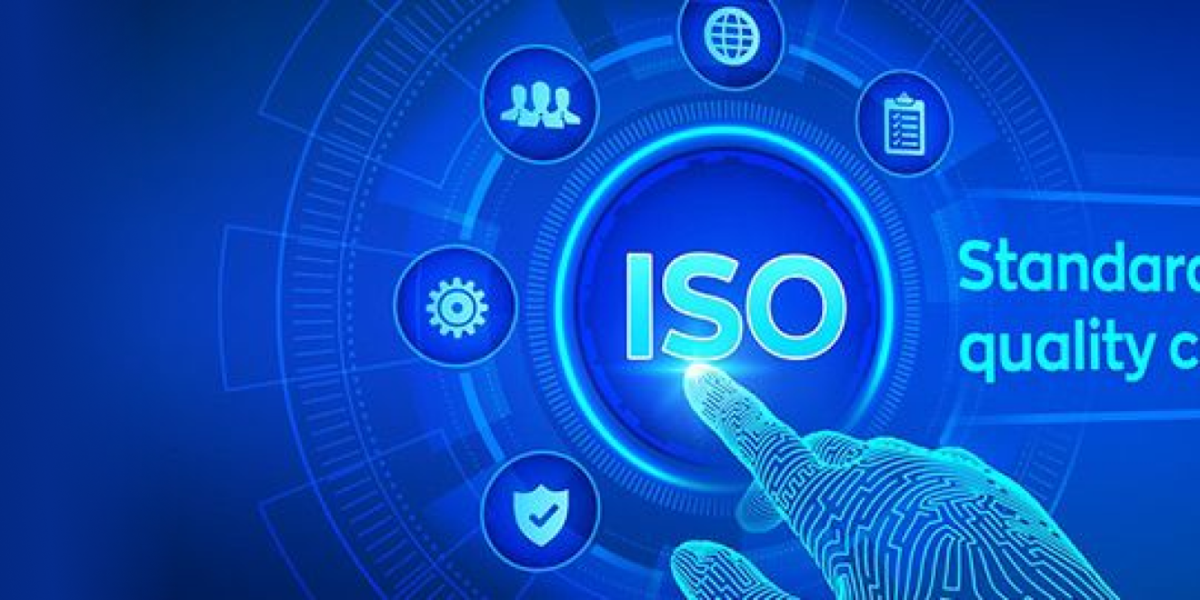As software development accelerates, maintaining product quality is crucial—traditional manual testing struggles to keep pace with modern agile and DevOps practices. Test Automation as a Service (TAaaS) emerges as a game-changer, using advanced tools to streamline and enhance testing processes.
Table of Content
What is Test Automation as a Service?
As software development accelerates, maintaining product quality is crucial—traditional manual testing struggles to keep pace with modern agile and DevOps practices. According to Dogq report it is said that more than 24% of companies have automated 50% or more of their test cases; 33% of companies would like to automate between 50% to 75% of their test cases, while 21% are aiming to automate more than 75% of their test cases. Teams integrated automation into more testing activities. Test automation as a service (TAaaS) emerges as a game-changer, using advanced tools to streamline and enhance testing processes.

Benefits of Test Automation as a Service
Cost Efficiency: TAaaS is cost-effective, saving companies from investing in specialized staff, testing tools, and infrastructure. It allows businesses to allocate resources efficiently, reducing operational costs while enhancing productivity.
- Scalability: TAaaS solutions offer effortless scalability, adapting to varying testing demands, whether for small applications or large enterprise systems, ensuring optimal resource utilization.
- Speed and Agility: Automated testing speeds up the process, providing faster feedback and quicker release cycles. TAaaS enables continuous testing, early risk mitigation, and reduced defect-fixing costs.
- Advanced Tools and Expertise: TAaaS providers offer access to cutting-edge tools and expertise, allowing you to leverage the latest testing infrastructure without needing extensive in-house knowledge.
- Improved Test Coverage and Accuracy: Automated tests provide consistent, accurate results with comprehensive coverage, reducing human error and freeing your team to focus on more complex tasks.
Key Tools for Test Automation as a Service

- Selenium: A popular open-source tool for automating web browsers, supporting multiple programming languages (e.g., JavaScript, Python) and platforms (e.g., Chrome, Firefox), making it ideal for functional and regression testing of web applications.
- Appium: An open-source tool for automating mobile apps across Android and iOS platforms. It uses mobile JSON wire protocol for unified UI testing across devices and operating systems.
- Jenkins: An open-source automation server that supports continuous integration and continuous delivery (CI/CD). It integrates with various testing tools to automate build and test processes, enhancing development efficiency.
- TestComplete: A commercial tool for automated testing of web, mobile, and desktop applications. It features a user-friendly interface and powerful scripting, supporting a wide range of controls and frameworks.
- LoadRunner: A performance testing tool that simulates virtual users to assess application scalability and performance under load, helping identify bottlenecks for real-world usage.
Implementing Test Automation as a Service
Implementing TAaaS involves careful planning and collaboration with your service provider. Here are key steps for successful test automation:
1. Define Your Testing Goals
- Objectives: Set clear goals like reducing manual testing, improving coverage, or speeding up releases.
- Types of Tests: Identify the tests needed (functional, regression, performance, etc.).
- Success Metrics: Establish KPIs such as test execution time, defect detection rate, and coverage.
2. Select the Right Provider
- Research: Find providers with proven expertise in your industry. Compare services, tools, and reviews.
- Expertise: Assess the provider’s technical skills and support level.
- Scalability: Choose a provider that can adjust to your testing needs.
3. Develop a Test Strategy
- Planning: Collaborate with your provider to create a strategy that meets your goals.
- Test Case Design: Create comprehensive test cases based on risk and impact.
- Tool Selection: Pick tools compatible with your systems and CI/CD pipeline.
4. Integrate with CI/CD Pipelines
- Continuous Integration: Integrate automated tests with CI for immediate feedback on new code.
- Continuous Delivery: Link test automation with CD to automate and speed up deployments.
- Seamless Workflow: Ensure an efficient workflow for automated build, test, and deployment processes.
5. Monitor and Optimize
- Real-Time Monitoring: Track test execution and results to address issues promptly.
- Feedback Loops: Maintain communication between development and QA teams for quick defect resolution.
- Performance Analysis: Regularly assess test performance to identify areas for improvement.
- Continuous Improvement: Work with your provider to refine and update your test automation strategy.
6. Security and Compliance
- Data Security: Ensure your provider secures the handling of test data.
- Compliance Testing: Verify that tests include checks for regulatory compliance.
- Regular Audits: Conduct audits to ensure ongoing compliance with regulatory standards.
Conclusion
Test Automation as a Service (TAaaS) is transforming software testing with advanced tools and expert services for faster, more accurate, and cost-effective results. Embracing TAaaS gives your business a competitive edge by ensuring high-quality products and improved customer satisfaction.
Stay ahead in innovation—adopt TAaaS to streamline testing and accelerate release cycles.
Partner with Hutech Solutions, a leading TAaaS provider, to unlock the full potential of automated testing. Contact us today to get started!
*Content produced for educational & informational purposes only.
Content authored by Kashvi Dikshit
Frequently Asked Questions
Look for a provider with proven industry expertise, a strong track record, scalable services, and robust support. It’s also important to evaluate their technical skills, tools, and security measures.
Success can be measured using key performance indicators (KPIs) such as test execution time, defect detection rate, test coverage, and overall impact on software quality.
TAaaS solutions are designed to be flexible and scalable, allowing you to adjust testing resources and strategies as your requirements evolve.
Hutech Solutions serves a variety of industries, including pharmaceuticals, food and beverage, automotive, and electronics. Our TAaaS solutions are versatile and can be adapted to meet the specific requirements of different sectors.
Ready to Advance your Digital Transformation?Get in touch with us.
Discover why Hutech is the right partner for your business.
MAIL US AT
sales@hutechsolutions.com
CONTACT NUMBER
+91 90351 80487
CHAT VIA WHATSAPP
+91 90351 80487
Humantech Solutions India Pvt. Ltd 163, 1st Floor, 9th Main Rd, Sector 6, HSR Layout, Bengaluru, Karnataka 560102



